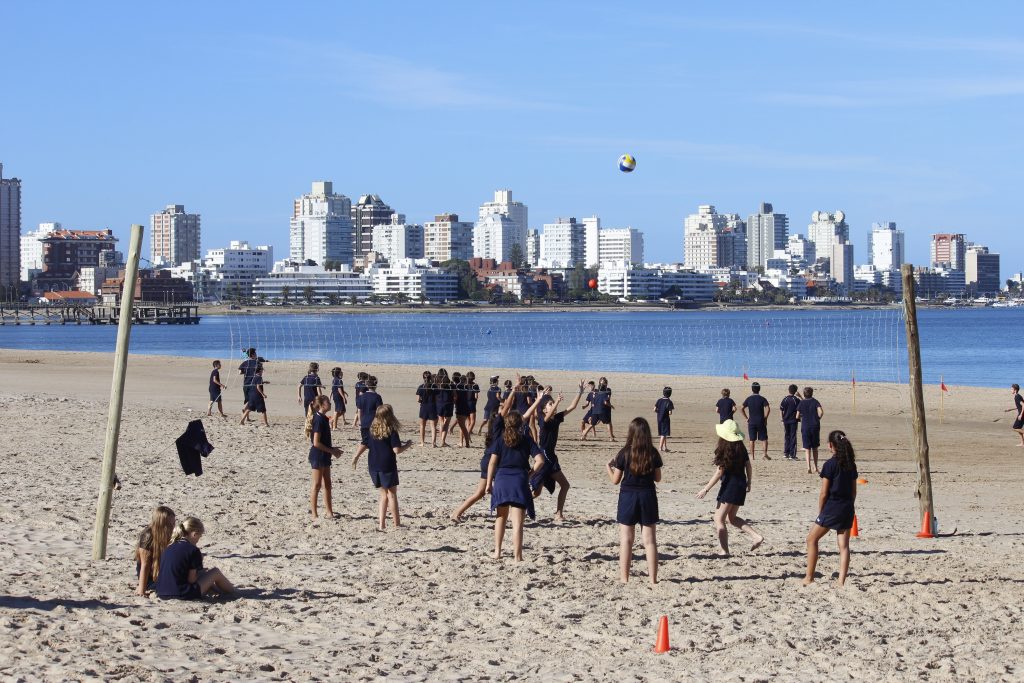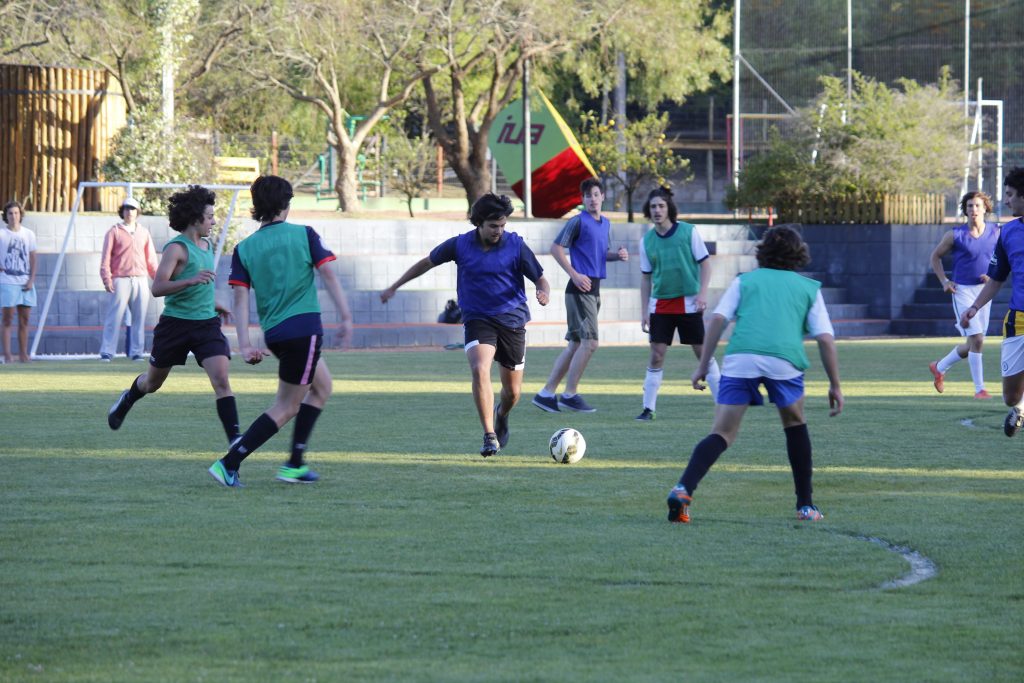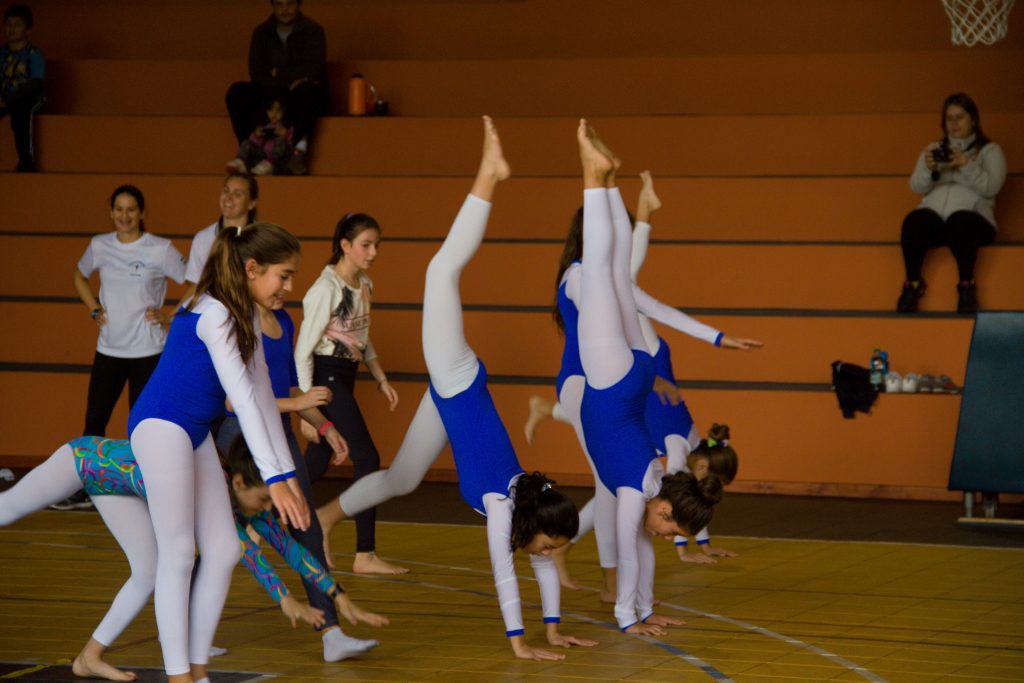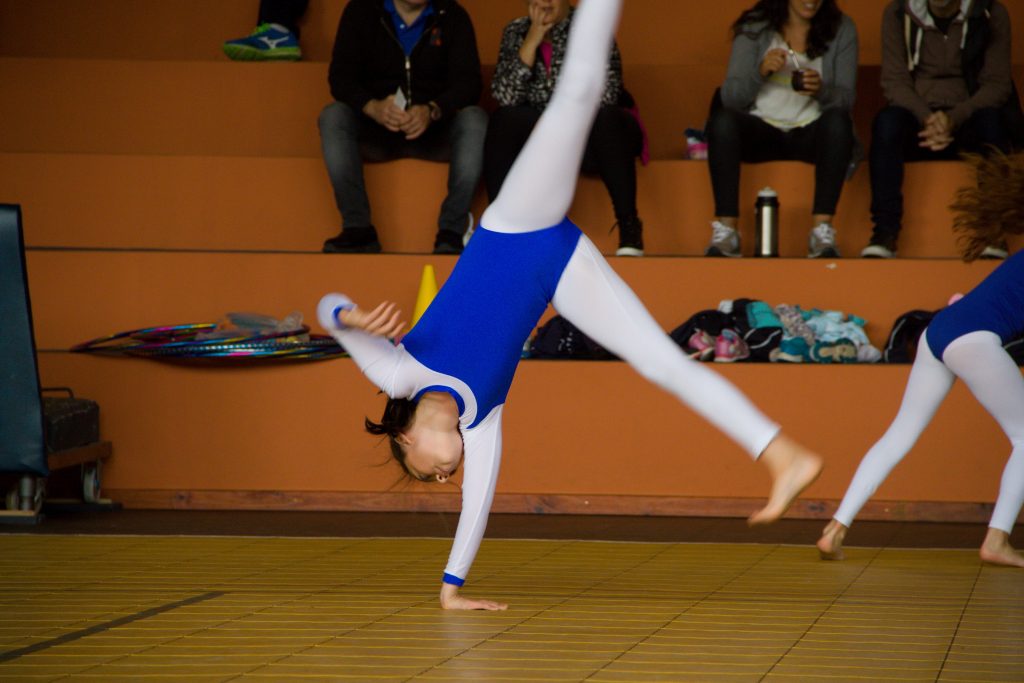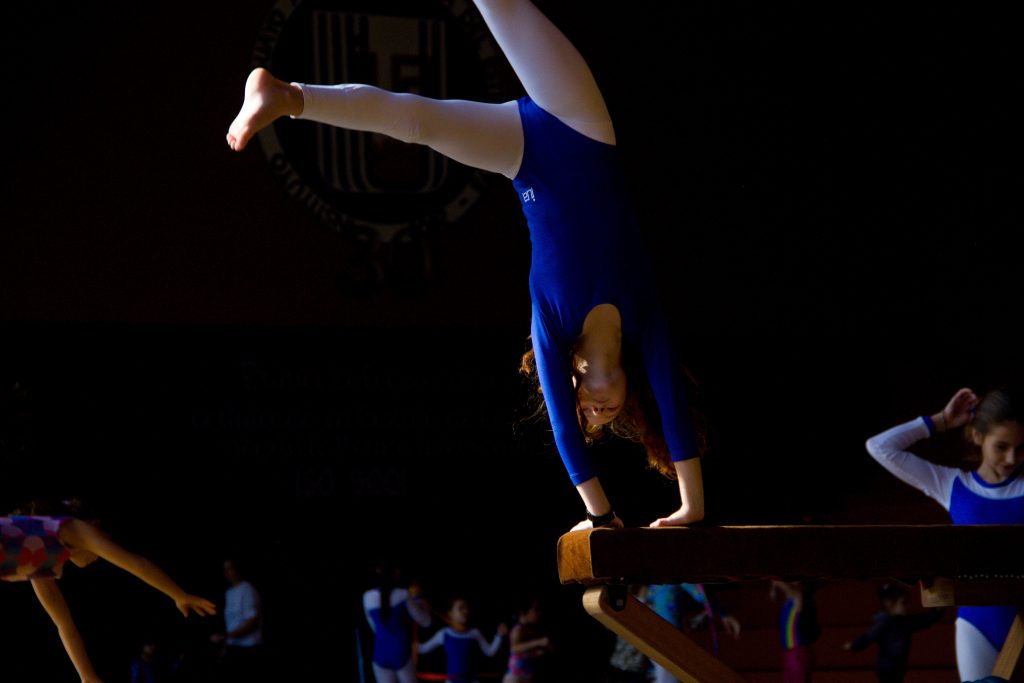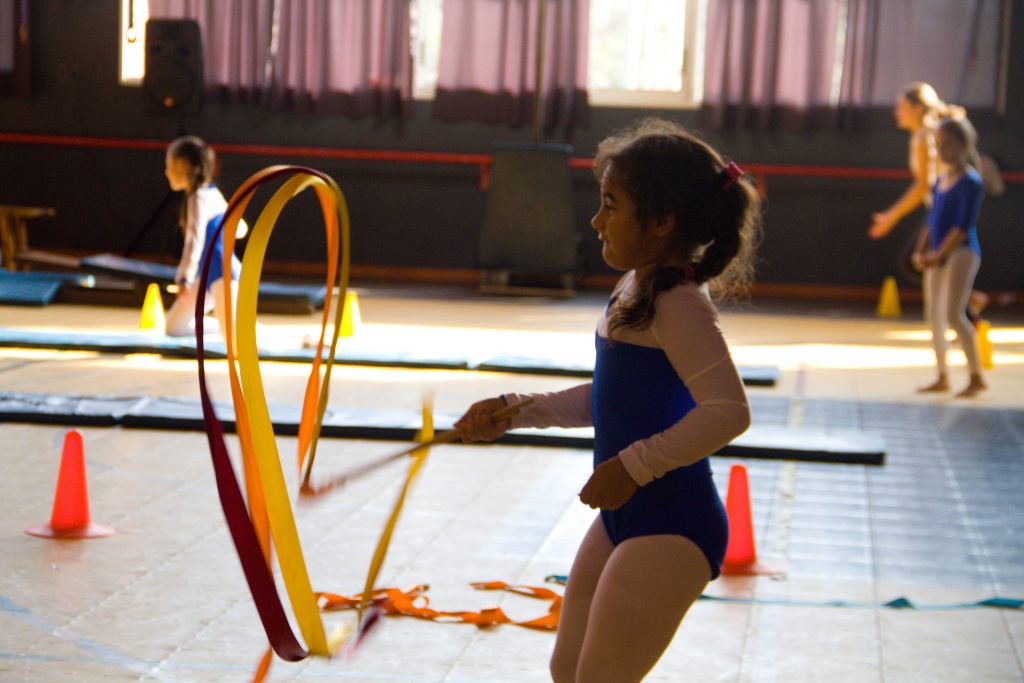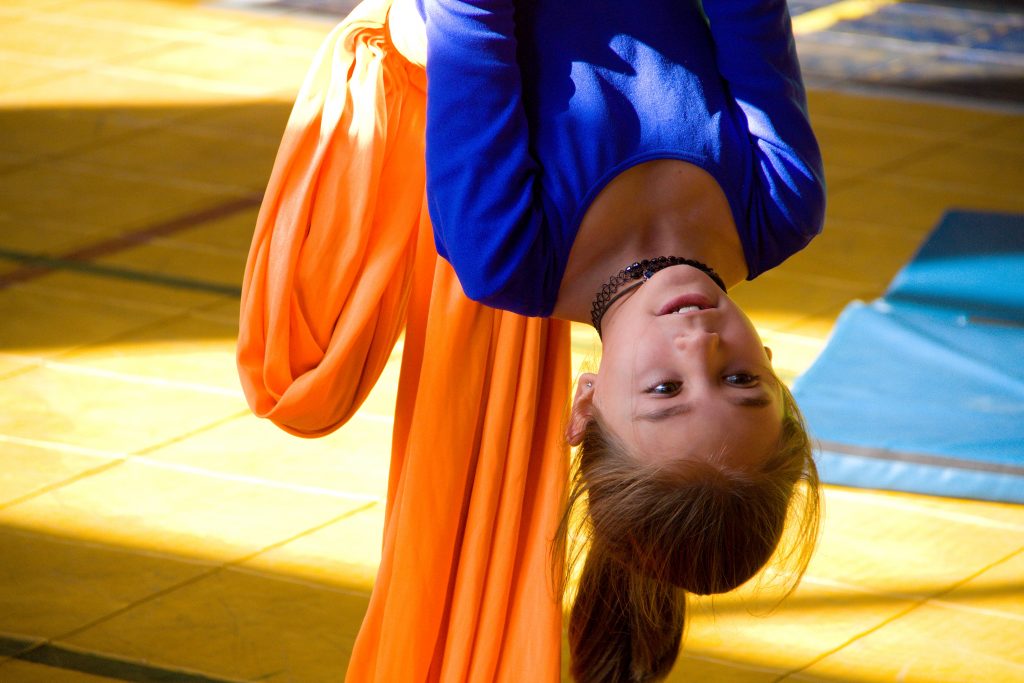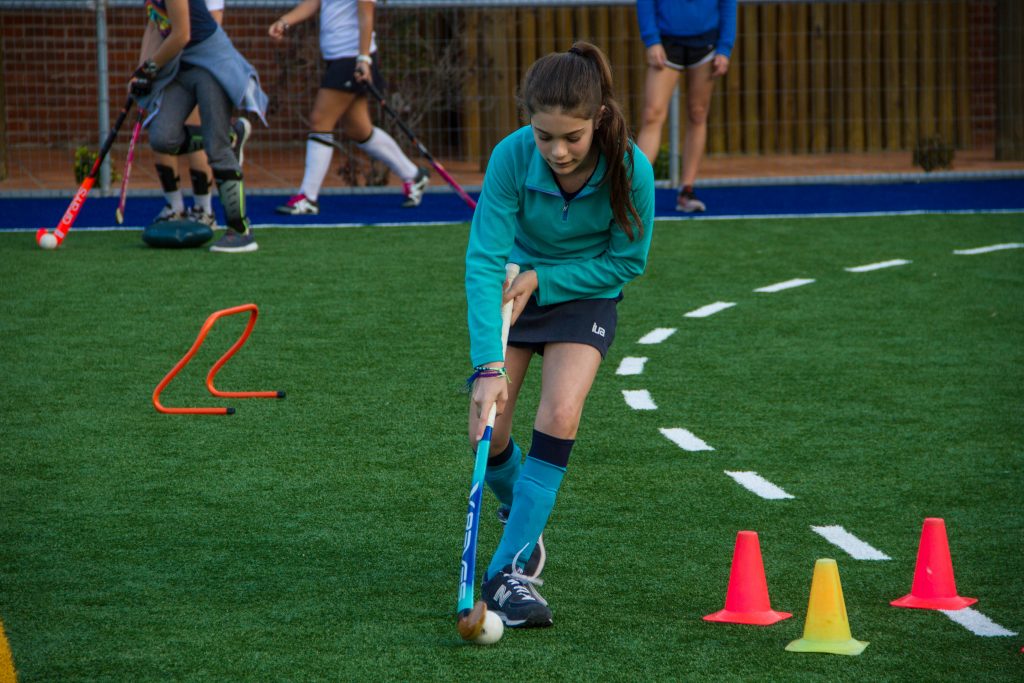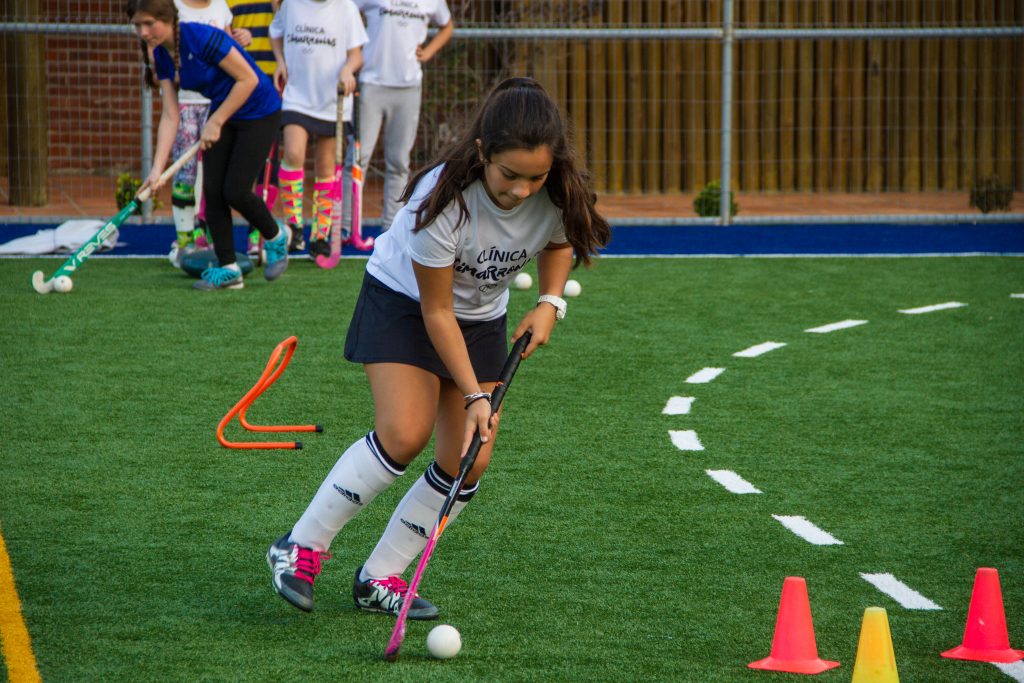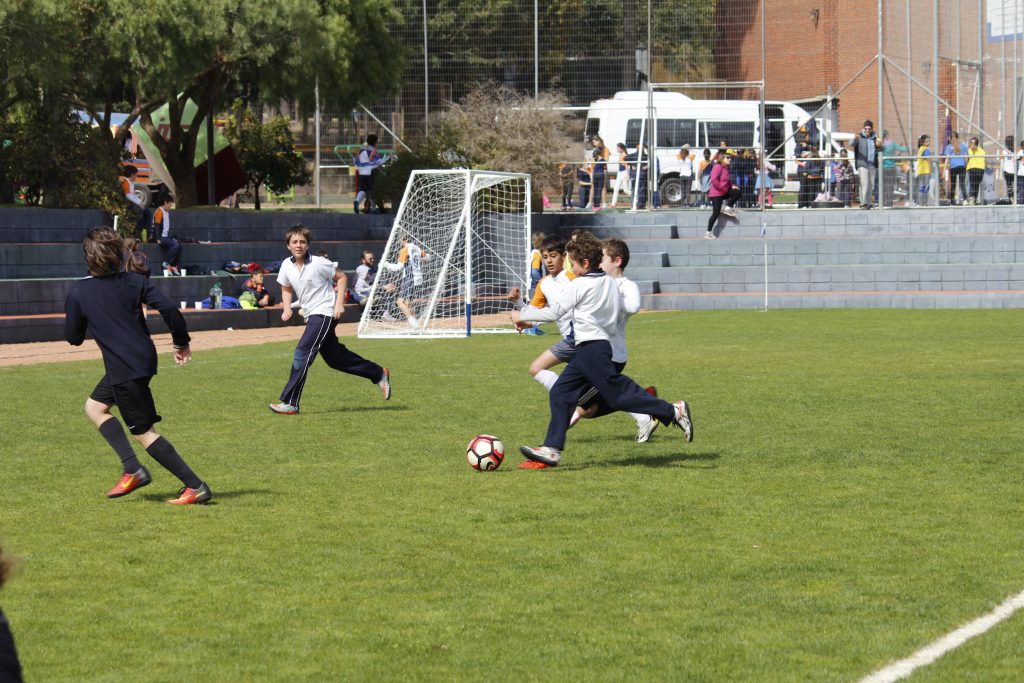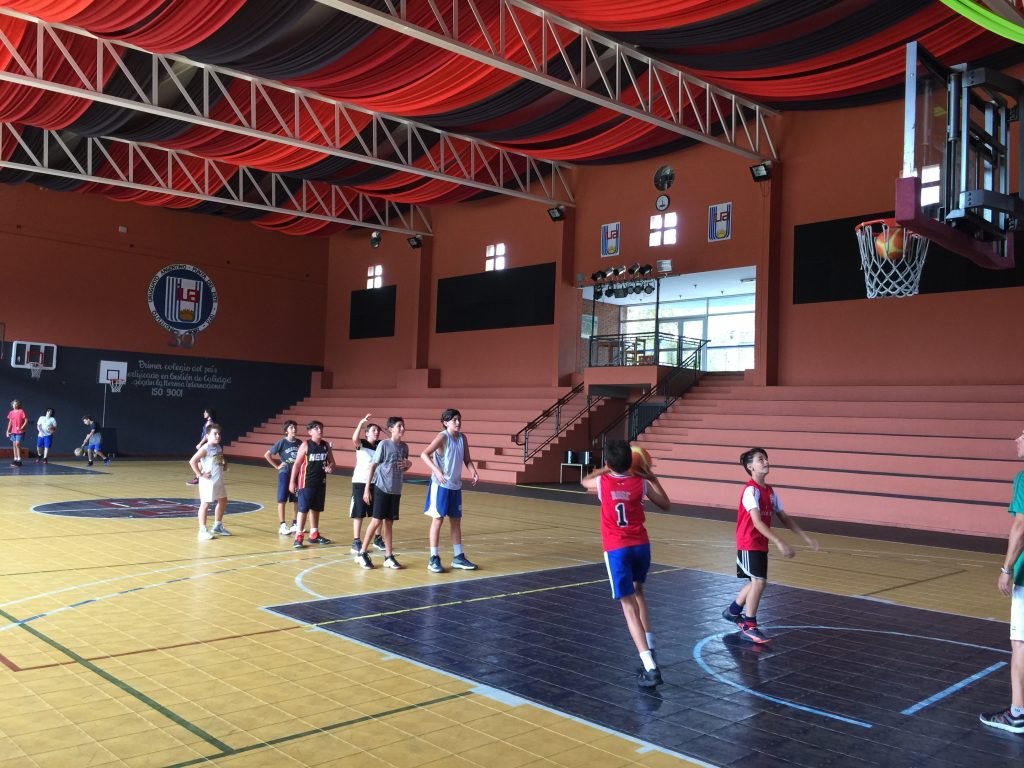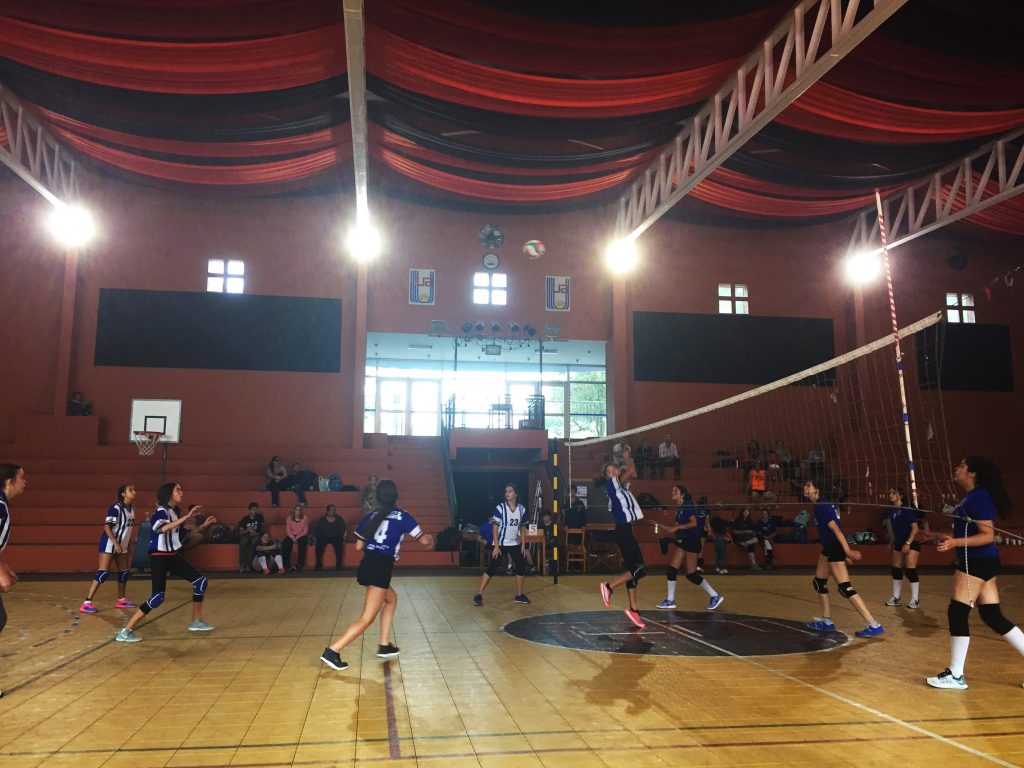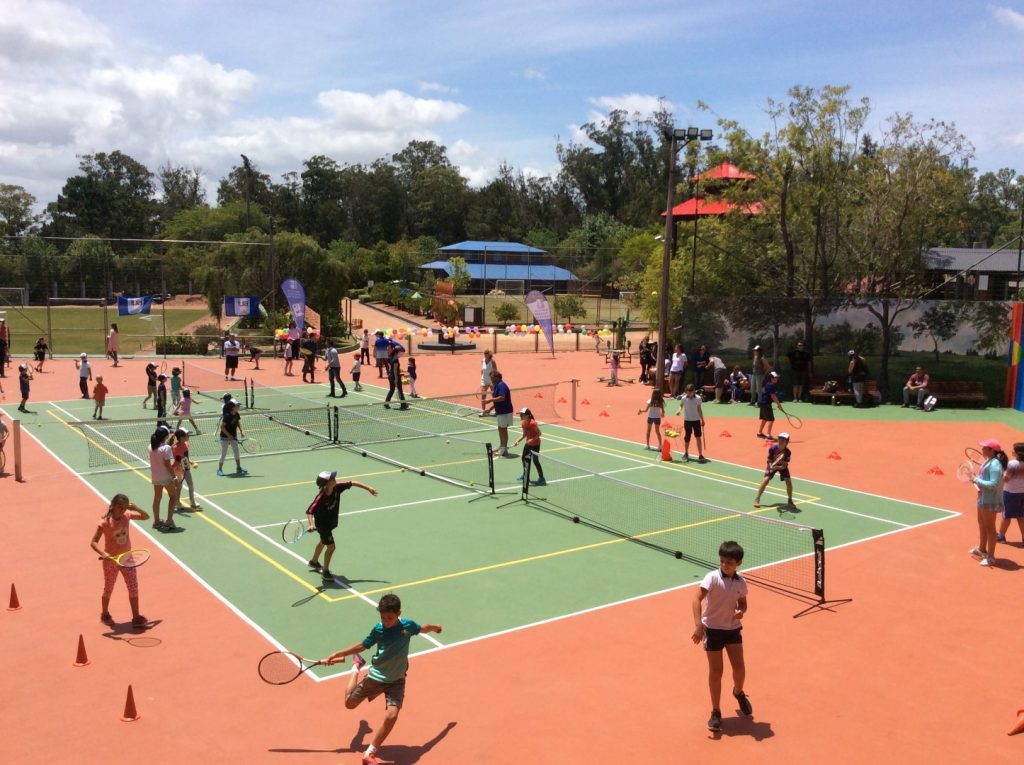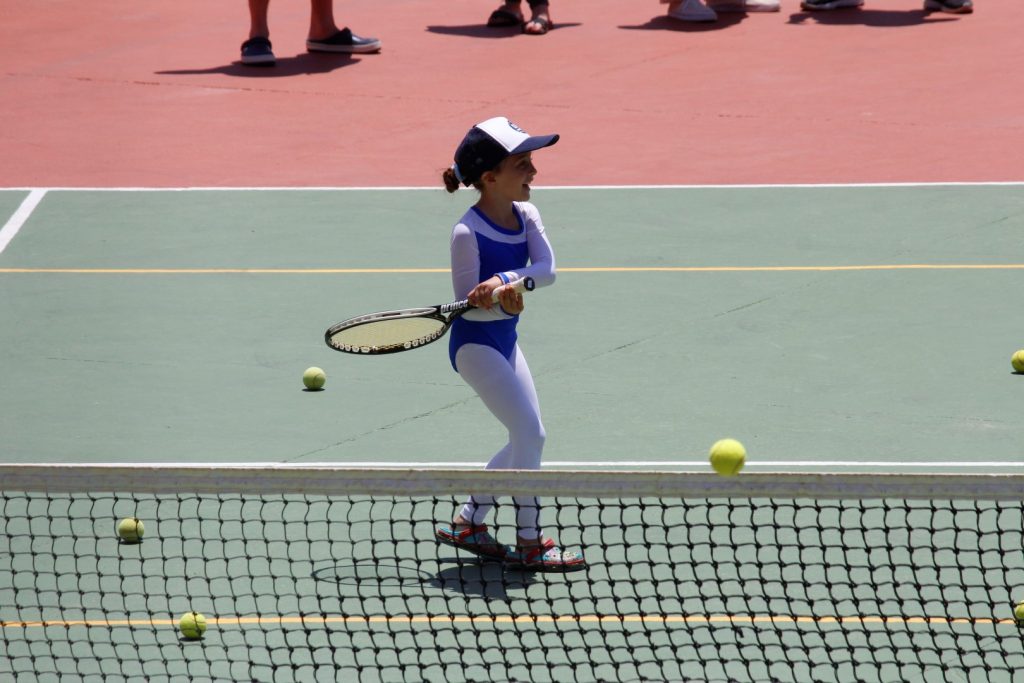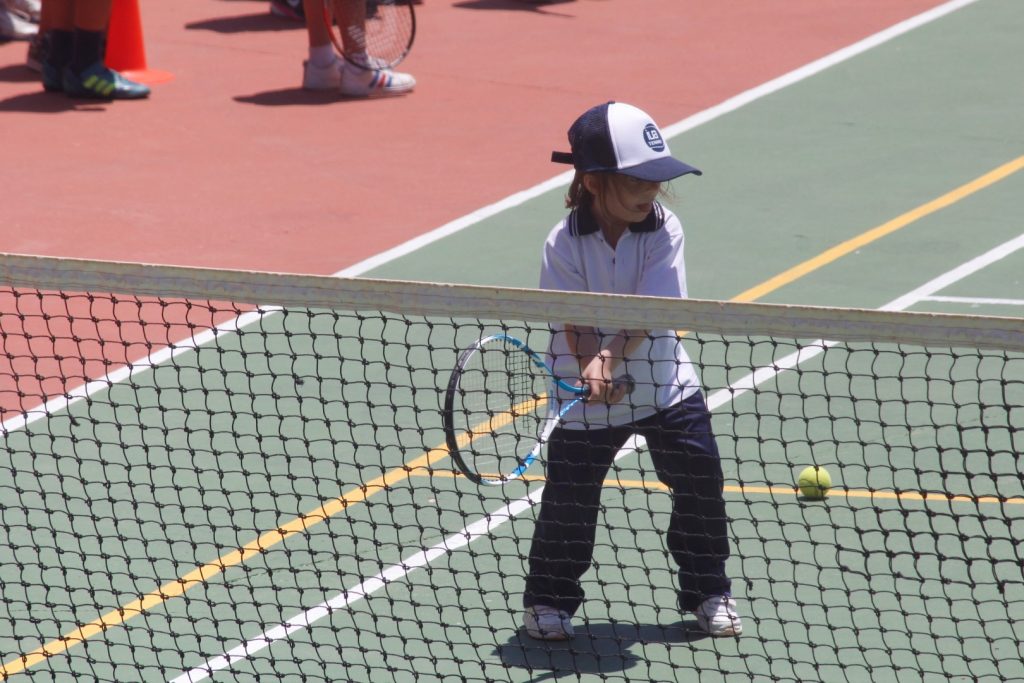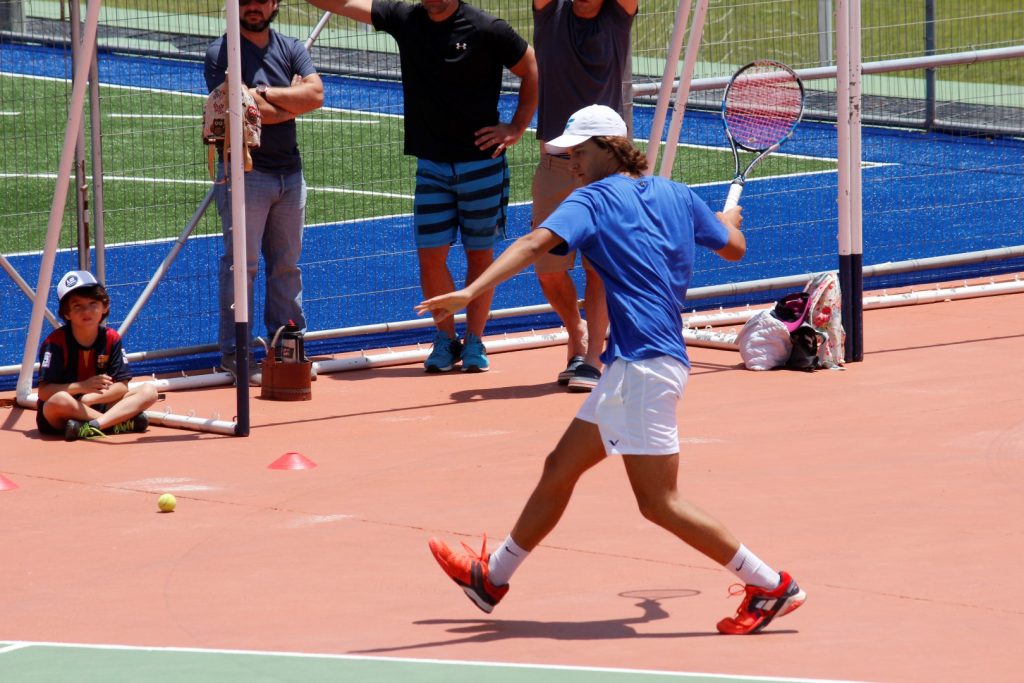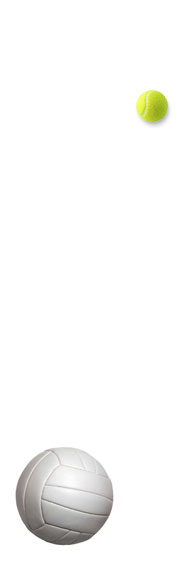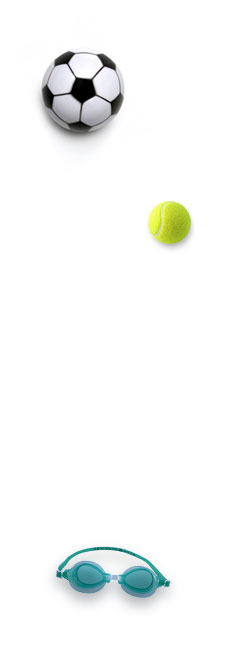La educación física, ocupa en nuestro Instituto un lugar de relevancia, no sólo como una actividad de esparcimiento, sino también socializante y por sobre todas las cosas educativa.
A través de ella, apuntamos a contribuir en la formación de un ser activo, creativo, solidario.
La recreación y los deportes, colaboran en la formación en el estudiante del espíritu de equipo, el conocimiento y respeto de las reglas y el buen uso del tiempo libre.
La educación física está enmarcada en una planificación global que involucra todas las actividades que realizan los niños desde su ingreso a Educación Inicial hasta su graduación.
En un espacio físico especialmente adecuado para este fin, tanto en el Instituto como en el Campo Deportivo, se promueven las siguientes actividades según la edad de los educandos:



